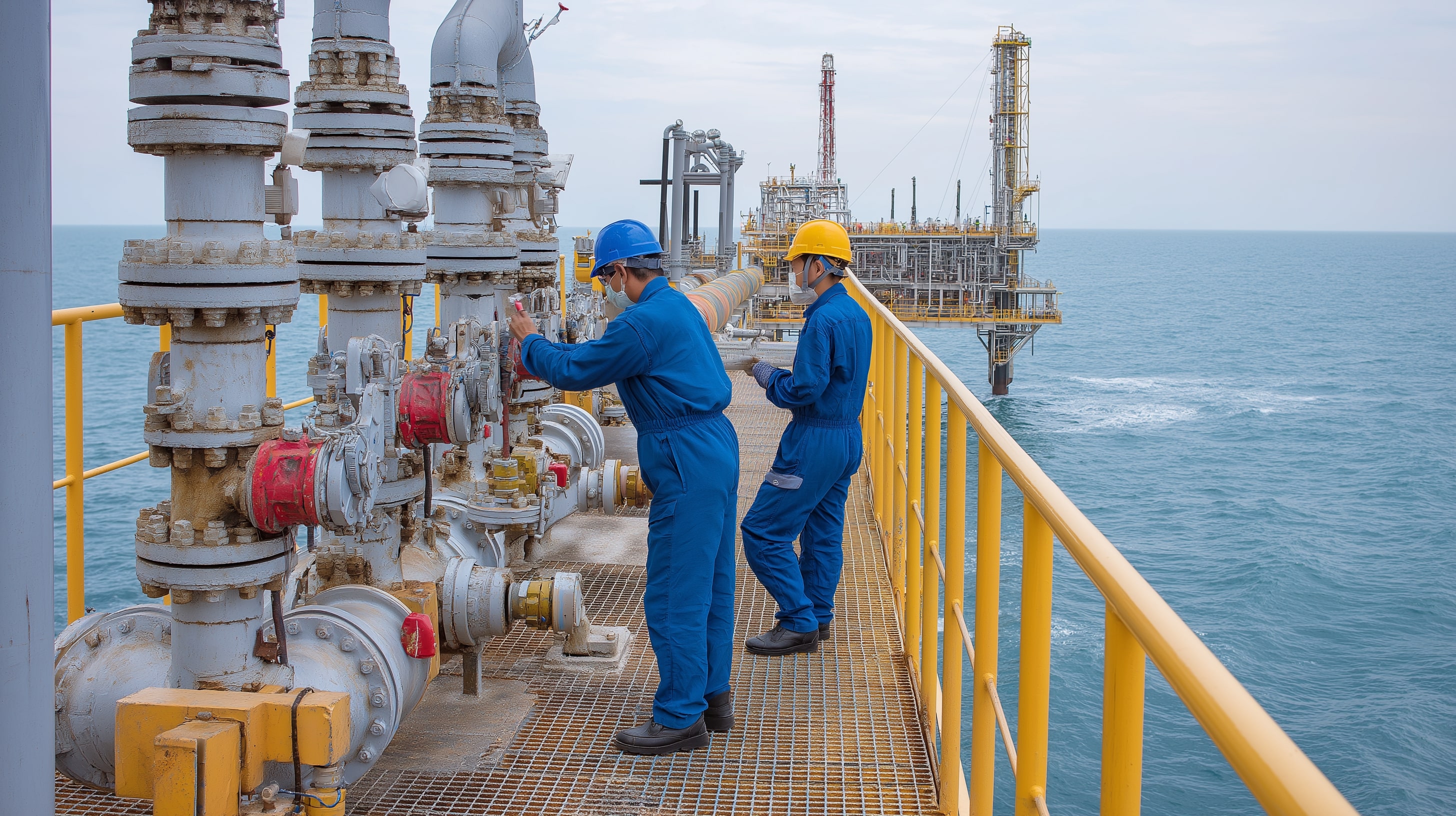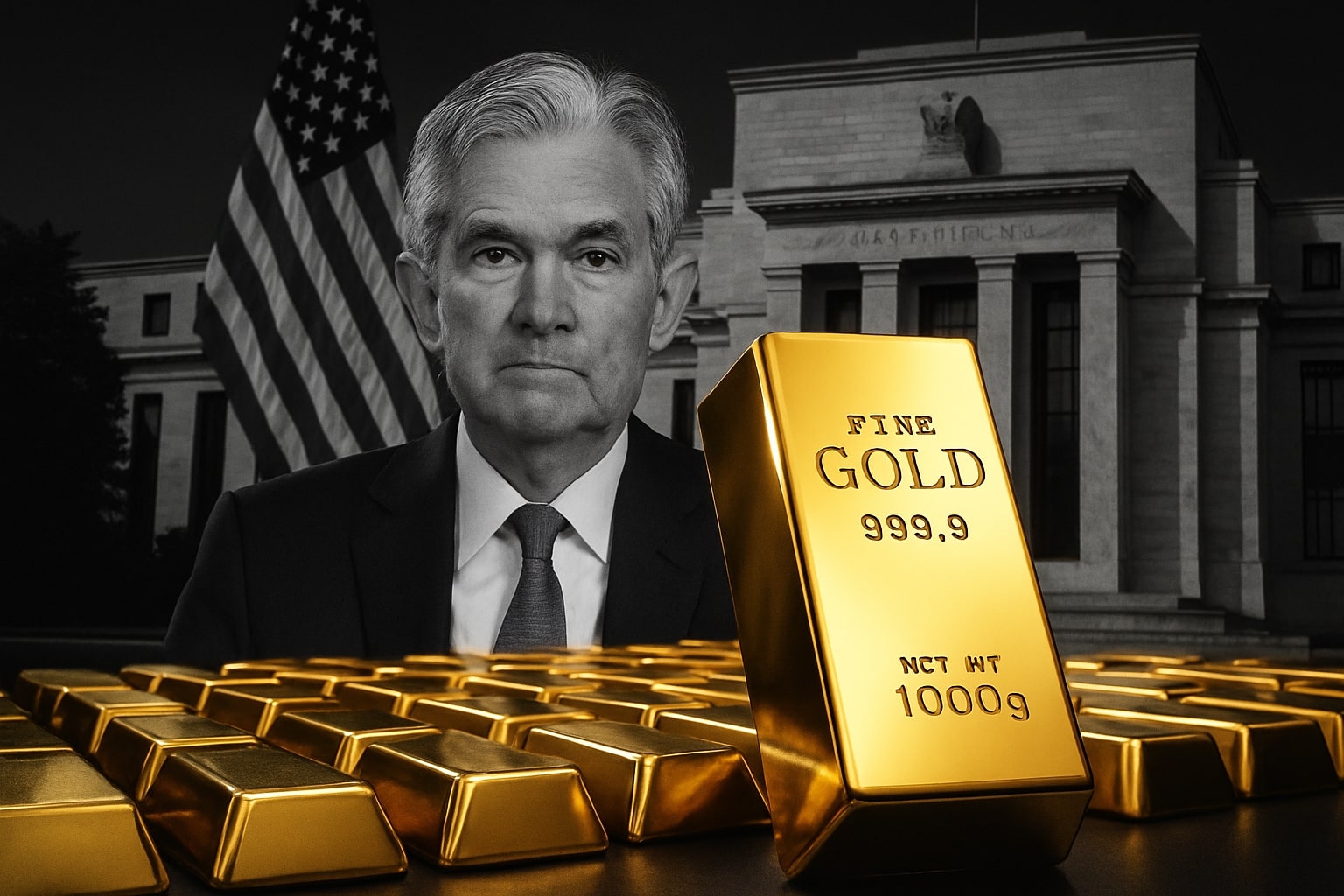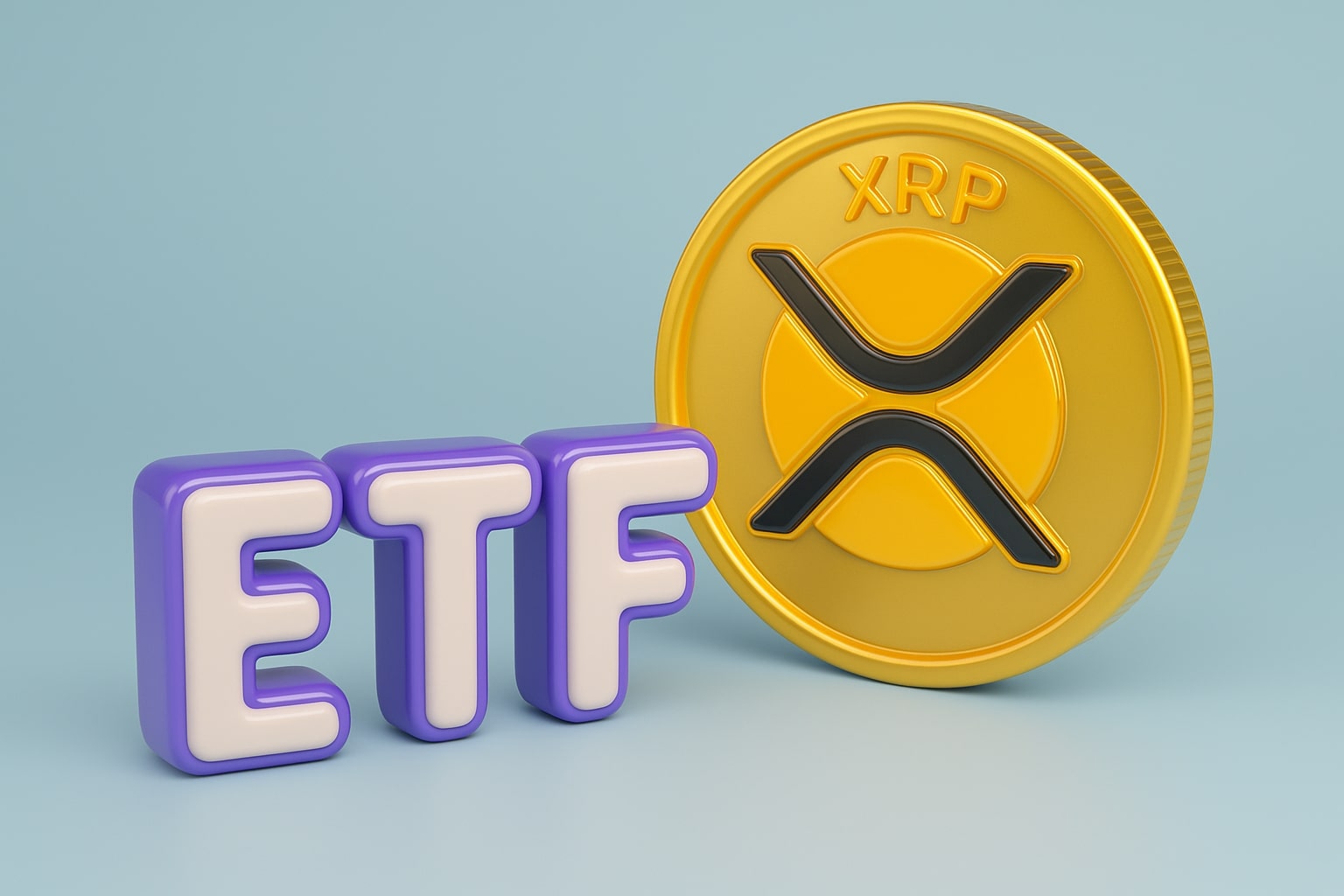
Oil Price Forecast - (CL=F, BZ=F) Slip to $59 as OPEC Warns of $18.2 Trillion Supply Gap
WTI crude trades near $58.66 and Brent around $62.28 amid surging supply, U.S. sanctions on China, and OPEC’s call for massive investment to prevent long-term shortages | That's TradingNEWS
Oil (CL=F, BZ=F) Slips to $59 as Oversupply, OPEC+ Output Surge, and Global Policy Shifts Pressure Prices
WTI and Brent Crude Weaken Under Heavy Supply and Policy Divergence
Oil markets remain trapped in a bearish cycle as WTI crude (CL=F) trades at $58.66 per barrel, while Brent crude (BZ=F) hovers near $62.28, pressured by rising production from OPEC+, slowing global growth, and uneven policy responses between major producers. The decline of nearly 3% this week follows a sharp recovery attempt that failed to breach resistance near $62 for WTI and $65 for Brent, reinforcing the dominance of supply-side pressure. Traders point to renewed flows from Russia, the U.S., and the Middle East, which have collectively added over 630,000 barrels per day in September alone, exacerbating the imbalance. The OPEC Basket has slipped to $63.05, while Louisiana Light and Mars U.S. crude also trade lower, reflecting broad-based softness across benchmarks.
OPEC Warns the World Needs $18.2 Trillion in New Oil Investment
In Moscow, OPEC Secretary General Haitham Al Ghais issued a stark warning that the global economy faces an imminent energy investment gap. He emphasized that to sustain supply and meet long-term demand, the oil and gas sector will require $18.2 trillion in cumulative investment through 2050. According to OPEC’s outlook, global primary energy demand is set to rise by 23%, with oil maintaining a 30% share of the global energy mix—equivalent to 123 million barrels per day, up from about 104 million barrels today.
Al Ghais criticized the International Energy Agency (IEA) for its policy inconsistency, noting the IEA’s “U-turn” on calling for new investments to offset depletion rates. “The rhetoric of no new projects is damaging global energy security,” he stated, underscoring that current underinvestment risks triggering future supply deficits. The OPEC leader stressed that energy transition goals must not come at the expense of energy stability, particularly when global consumption continues to expand despite climate policies.
North Sea Split: Norway Expands, UK Retreats as Tax Burden Crushes Investment
The policy gap between Norway and the United Kingdom has become a defining factor in the European energy landscape. Norway continues to expand oil exploration and output, while the UK faces an exodus of major producers due to unpredictable taxation and regulatory changes. The contrast is stark: Norway’s oil fund now exceeds $2 trillion, holding 1.5% of global listed equities, while the UK prepares for its first year since 1960 without a single new exploration well.
Norway’s government is preparing its 26th licensing round, offering new offshore acreage across the North Sea, Norwegian Sea, and Barents Sea. Companies operating in Norway receive a 71.8% refund on exploration losses, providing fiscal stability and incentivizing discovery. In contrast, the UK’s Energy Profits Levy, or “windfall tax,” has driven away operators like Apache and Ineos Energy, both halting investments in the region. Production in the UK North Sea has fallen 40% in the past five years, with expectations to halve again by 2030, highlighting how policy uncertainty can directly impact regional output and long-term supply security.
Occidental Petroleum (NYSE:OXY) Expects Range-Bound Oil Through 2026
Occidental Petroleum CEO Vicki Hollub stated during the Energy Intelligence Forum in London that she expects oil prices to remain “tight and range-bound” between $58 and $62 per barrel through 2026. Hollub described the current range as sustainable, arguing that moderate pricing ensures steady industry balance while discouraging overproduction. Despite short-term weakness, she remains “very bullish on oil prices” beyond 2026, citing that U.S. supply will peak between 2027 and 2030.
Hollub also confirmed Occidental’s long-term plan to double its share price within five years by converting debt to equity and maintaining capital discipline. She reiterated that the company does not intend to pursue further acquisitions, focusing instead on balance-sheet strength and internal growth. This statement aligns with the broader theme of capital restraint among U.S. producers, who remain cautious despite improving cash flows and shareholder pressure for buybacks and dividends.
Read More
-
PFFA ETF Nears $21.50 as Rate Cuts and 9.49% Yield Spark Renewed Demand
29.11.2025 · TradingNEWS ArchiveStocks
-
XRPI and XRPR ETFs Ignite Ripple’s Institutional Rally as Inflows Near $1B and XRP Holds $2.20
29.11.2025 · TradingNEWS ArchiveCrypto
-
Natural Gas Price Forecast - NG=F Blasts to $4.85 as Demand Surge Fuel Multi-Month Breakout
29.11.2025 · TradingNEWS ArchiveCommodities
-
USD/JPY Price Forecast - Yen to Dollar Slides to 156.10 as Yen Strengthens on Fed Cut Expectations
29.11.2025 · TradingNEWS ArchiveForex
China’s Energy Policies and U.S. Sanctions Add Complexity to the Market
Fresh U.S. sanctions on Chinese ports have created additional disruptions in crude trade flows, with several supertankers diverted away from Rizhao, a key import terminal. These sanctions, targeting China’s links to Iranian oil, have amplified logistical challenges, particularly for Asian refiners dependent on long-term crude contracts. The Bonny Light benchmark fell 2.84% to $78.62, and OPEC’s Basket crude dropped 1.82%, signaling that geopolitical tension is adding volatility rather than tightening supply chains as intended.
Meanwhile, China’s oil imports rose 3.9% in September, reaching a nine-month high, driven by refiner restocking and new strategic reserve allocations. Despite weak manufacturing data, China’s crude demand remains structurally robust, contributing to ongoing resilience in global consumption even amid bearish headlines.
OPEC+ Production Surge Adds Pressure on CL=F and BZ=F Benchmarks
According to secondary sources, OPEC+ production rose by 630,000 barrels per day in September, led by increases from Saudi Arabia, Russia, and Iran. The additional supply coincides with softening demand forecasts from the IEA, which recently warned of a “larger-than-expected oil glut” heading into the first half of 2026. The agency’s report highlighted that non-OPEC output, particularly from the U.S., continues to expand faster than expected, threatening to keep WTI (CL=F) capped below $60 in the near term.
Still, OPEC members remain committed to defending market share. Saudi Aramco reaffirmed its capacity to maintain 12 million barrels per day of production for at least one year, while Russia’s Novatek has boosted LNG exports despite sanctions. These developments collectively undermine market attempts to sustain price rebounds, especially as inventories rebuild in the U.S. Gulf and Europe.
Technical Landscape Shows Oil Trapped in a Bearish Channel
From a technical standpoint, both WTI and Brent are locked within a descending channel that began in mid-September. For WTI (CL=F), resistance is now seen at $60.20 (the 50-day EMA), while support sits at $58.00. A breakdown below $58 could open a move toward $56.50, whereas a breakout above $60.50 might trigger a short-lived rally toward $62.00. Brent (BZ=F) faces similar pressure, with key resistance at $64.80 and support around $61.50. RSI readings near 38 reflect oversold conditions but not yet a confirmed reversal.
The technical setup aligns with FXEmpire’s analysis, which notes that oil “looks soft” with no compelling reason for buyers to re-enter until a decisive break above the 50-day moving average occurs. For now, any bounce is likely to attract sellers as macro and policy conditions continue to favor range-bound trading.
Macroeconomic Outlook and Long-Term Oil Demand Dynamics
Despite short-term weakness, OPEC’s longer-term projections remain structurally bullish. Global oil demand is expected to reach 123 million barrels per day by 2050, up from 104 million bpd in 2025, supported by population growth, industrial expansion, and urbanization in Asia, Africa, and the Middle East. However, the pace of new upstream investment remains insufficient, with current annual capital spending below $400 billion, less than half of the level needed to meet projected demand.
This underinvestment theme, coupled with the depletion of mature fields, sets the stage for potential price spikes later in the decade. While today’s bearish tone dominates the headlines, the supply-demand imbalance could pivot sharply once economic growth stabilizes and geopolitical disruptions ease.
Verdict: Oil (CL=F, BZ=F) – Hold Bias as Market Awaits Directional Catalyst
After restructuring all available data, crude oil remains in a bearish consolidation phase with limited upside catalysts in the near term. Oversupply, policy divergence, and cautious investor sentiment continue to weigh on prices. However, structural underinvestment, rising Asian demand, and OPEC’s consistent defense of long-term relevance present a foundation for medium-term recovery.
Verdict: Oil (CL=F, BZ=F) – Hold bias with downside risk toward $57 short term, neutral range $58–$62 through 2026, and medium-term upside potential once investment and demand realign.



















